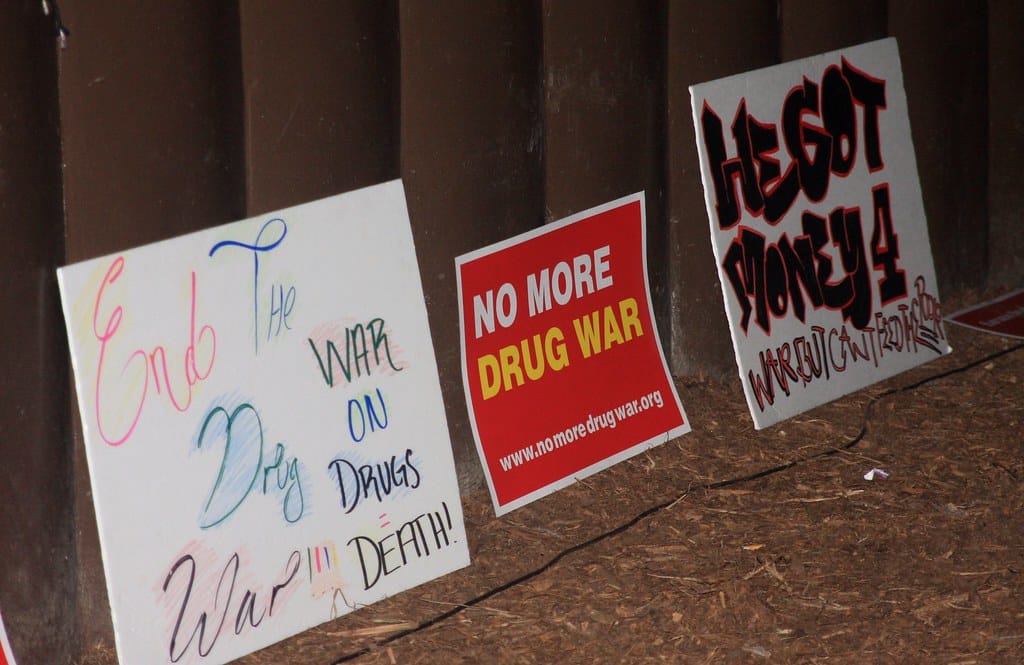
After a mass overdose event in West Baltimore earlier this month, the importance of harm reduction — and the failures of prohibition — were as clear as a summer day. Yet in the following weeks, city leaders have instead joined President Donald Trump in doubling down on a police-led response that could spell death for drug users and fuel mass incarceration.
Not long after the Republican president augmented his assault on public health by signing a bill expanding mandatory minimums for those distributing fentanyl analogs, Mayor Brandon Scott made it clear he'd borrow from the bipartisan drug-war playbook. On Wednesday, the Democrat announced the expansion of the city's Group Violence Reduction Strategy to the Baltimore Police Department's Southern District, giving more reach to a program that has served as a vehicle for drug crackdowns under the guise of violence prevention for years.
“This is an important milestone for our Group Violence Reduction Strategy, which is driving historic public safety progress across our city — including in the Southern District,” Scott said in a statement. “Brooklyn, Curtis Bay, and Cherry Hill residents are already benefiting from GVRS, but will now see new resources and support in their communities. This expansion goes hand in hand with our other investments in new parks, playgrounds, rec centers, schools, and libraries: all of the resources that make Baltimore a better, safer, healthier place to live.”
Similar words have been a classic sales pitch for the War on Drugs for decades.
GVRS launched in 2022 as a partnership among the Mayor’s Office of Neighborhood Safety and Engagement, the State's Attorney's Office and the BPD. It was first piloted in the Western District in 2022 before expanding to the Southwestern District in January 2023, then the Central District and Eastern District last year.
The program aims to prevent violence by offering social services to those who are at the highest risk of becoming involved in violent crime. While it attempts to connect those individuals to resources, the police and prosecutors will hit suspects with the full force of the law if their warnings aren't heeded.
Considering that drugs fuel violence, according to the city officials, drug busts come with the territory.
Since the program's inception, the city has connected 256 individuals to "life-changing" services, officials have said. Yet there have also been 414 arrests, vastly outnumbering the number of people "helped" through the program.
Though these numbers have been used as fodder to tout the program's success at myriad press conferences, studies have shown that drug enforcement can not only exacerbate violent crime but also increase fatal overdose rates, disrupting the drug supply and pushing drug users to riskier sources.
Furthermore, while the mayor has gone so far as to say that GVRS and the drug enforcement it entails have helped tamp down overdose deaths in the city, he has failed to provide any evidence for that assertion.
Fellow journalist Brandon Soderberg described more reasons why the program is problematic in a piece he wrote for the Baltimore Brew last year.
In the article, in which one source calls the focused deterrence model on which GVRS is predicated "just another crackdown with a different name," Soderberg describes the largest group investigation to date: an indictment of 33 people in an alleged drug trafficking operation.
Only three individuals faced shooting-related charges, but all of them were hit with charges such as participation in a criminal organization, conspiracy to distribute controlled dangerous substances.
The upshot: GVRS has served as a means to carry out sweeping drug busts and slap suspects with lofty charges in the name of violence prevention, endangering drug users while ensuring the prison system remains fed.
Yet the program's still been heralded by Scott and his administration as a driving force behind a historic drop in violent crime — an assertion that completely ignores the fact that the downward trend in homicides and other crimes is part of a national trend.
The program's expansion signals that the city will continue to sign blank checks to bankroll drug policing in tandem with measures at the federal level. The mayor's announcement came a week after Trump signed the HALT Fentanyl Act, which will permanently ban fentanyl analogs under Schedule I of the Controlled Substances Act. Fentanyl itself would remain Schedule II.
Dozens of Democrats voted for the bill, channeling former President Bill Clinton's neoliberal contributions to the racist drug war. The legislation will reschedule fentanyl analogs without input from the Drug Enforcement Administration or Food and Drug Administration.
The implications of the bill are severe, and they're perhaps best summarized by the Drug Policy Alliance.
"This counterproductive bill would permanently schedule all fentanyl-related substances as Schedule I without first testing them for benefits or harm, blocking potential research that could uncover new overdose medications. It would also entrench and expand mandatory minimum sentences for fentanyl-related substances — harsh penalties that will shatter families and communities, allow for unjust sentences that do not consider individual circumstances, and divert resources away from health interventions that are desperately needed to curb the fentanyl-driven overdose crisis," the nonprofit said in a statement earlier this year.
That statement was made months ago; the ramped-up crackdown is now here. Meanwhile, people continue to overdose at alarming rates because of the lasting impacts of prohibition.
The mass overdose incident two weeks ago involved nearly 30 people in varying conditions who were hospitalized because of overdoses in the Penn North neighborhood. The overdoses were attributed to a "bad batch" of drugs, which included fentanyl and a little-known, potent benzodiazepine called N-methylclonazepam.
The incident prompted a wave of sensationalized news stories and photo ops for officials, who talked of the event as if it were a mass shooting. In reality, it was the predictable outcome of an unpredictable drug supply that gets more lethal by the day.
Thankfully, no one died. Harm reduction workers with the city and local nonprofits were able to rapidly distribute naloxone and other supplies, offering a prime example of why compassionate care for drug users is so important.
In the aftermath of the event, though, talks of harm reduction quickly fizzled out. Instead, the BPD's Group Violence Unit and plainclothes District Action Teams raided the area, arresting five people on drug charges around the corner from the spate of overdoses.
The heavy-handed police response was just a matter of time. Though harm reductionists were initially touted as a key part of the city's response in the beginning, the scene was also awash with cops — the same arms of the state who have enforced prohibition at the expense of public health for decades. Their presence was part of a familiar framing in which officials made a call to action to catch the "bad guys" who distributed the drugs.
Predictably, moral panic ensued. And based on city officials' comments and abysmal reporting from outlets such as the Baltimore Banner, one would never know that overdoses continue to decline in Baltimore.
Following a historic drop in deaths last year, Baltimore saw 586 overdose deaths in the 12-month period ending in June. That equates to a death rate of 100 per 100,000 people, a substantial decline that appeared unlikely, if not impossible, just a year ago.
In fact, ZIP code 21226 in South Baltimore, into which GVRS is expanding, had so few deaths during that period that the data was suppressed by the Maryland Department of Health. Data is excluded when there are fewer than 10 deaths in a year.
Like the city's crime numbers, the slowing of Baltimore's fatal overdose rate mirrors a national trend. These are not isolated phenomena resulting from extraordinary governance at the local level.
That said, Baltimore's fatal overdose rate remains astronomically high, placing it at a crucial juncture in the fight against the overdose crisis. Ask any public health expert, and they'd likely say it would be ignorant not to move away from punitive policies and utilize the city's windfall of restitution funds to vastly expand the city's harm reduction infrastructure.
The city's ongoing response to the crisis — and the push by those on Capitol Hill to crack down on fentanyl and similar substances — demonstrates that lavish police budgets, fearmongering and drug busts will instead remain the norm.
It's about what they call "public safety," a dangerous moniker that intentionally misleads people to believe that residents and the neighborhoods in which they live benefit from heavy-handed police enforcement. The people that these residents are being "saved" from are often young Black men, who have been the drug war's targets since Harry Anslinger created the roadmap for the death campaign nearly a century ago.
The rhetoric used to justify recent enforcement at the local and federal level may not be as explicit as Anslinger's, but it's nearly identical to that of former presidents Richard Nixon, Ronald Reagan and Bill Clinton. And to believe those words is a mistake that has historically resulted in mass graves and crowded prisons.
Make no mistake: What we are witnessing is the War on Drugs in action, and a massive escalation of it at that. The local and federal measures, including the lies they have been accompanied by, are taken straight from the playbook of the war's architects.
Harm reduction saves lives. Militarized policing under the guise of public safety destroys them.

Miss last week's newsletter? You'll want to check it out
This week marked the inception of long-overdue public discourse on Baltimore's overdose crisis. Yet that transparency also unearthed the stigmatized light in which many residents view those who use drugs — a mindset that was reinforced as local media fomented chaos and sensationalized a recent spate of overdoses.
On Wednesday, the Baltimore City Council held its first public hearing on the city's game plan to combat the overdose crisis after similar hearings in the past year were cancelled under pressure from Mayor Brandon Scott and his administration. Between passionate calls from harm reduction activists and discussion about ongoing overdose prevention efforts, Morrell Park residents fulminated against the "infestation" of "addicts" and "druggies" in their neighborhood, describing the "filth" that people who use drugs have brought to their beloved community in Southwest Baltimore.
"I just want to clarify, if we can say 'addicts' or 'persons experiencing drugs..." said Councilwoman Phylicia Porter, interrupting one of the women to clamp down on the use of stigmatizing language.
Read the full newsletter here.
Mobtown Redux's Overdose Data has been updated with the latest local, state and national data
Baltimore's overdose death toll in 2024 has increased to 777 — this is preliminary data that's subject to change as causes of death are determined. That marks a nearly 26% decrease from the year prior.
In the 12-month period ending in June, Baltimore saw 586 deaths, a death rate of 100 per 100,000 people. Statewide, there were 1,360 deaths, a death rate of 22 per 100,000 people.
The data indicates that fatal overdoses continue to trend downward after years of climbing, though poor Black neighborhoods in West Baltimore continue to suffer the most.
Check out Mobtown Redux's Overdose Data Dashboard here.
Click here to learn more about harm reduction resources in the Baltimore area.
Filter: "Mobile Outreach Restrictions Take Effect in Kensington, Philadelphia"
On July 20, the City of Philadelphia implemented a highly restrictive law targeting mobile outreach services for people who use drugs in Kensington. The neighborhood contains about one-third of the city’s unhoused population.
Though the new regulations don’t explicitly targeting harm reduction services, that is the focus. Bill 240665-AA was filed in September 2024 by Councilmember Quetcy Lozada (D), whose district includes Kensington. It creates a permit system that applies specifically to mobile services addressing overdose, blood-borne disease transmission, and other medical and non-medical services. But it exempts EMTs and a number of other outreach services that would otherwise fit the description, like mobile vaccines and mammograms.
Click here to read the full article.





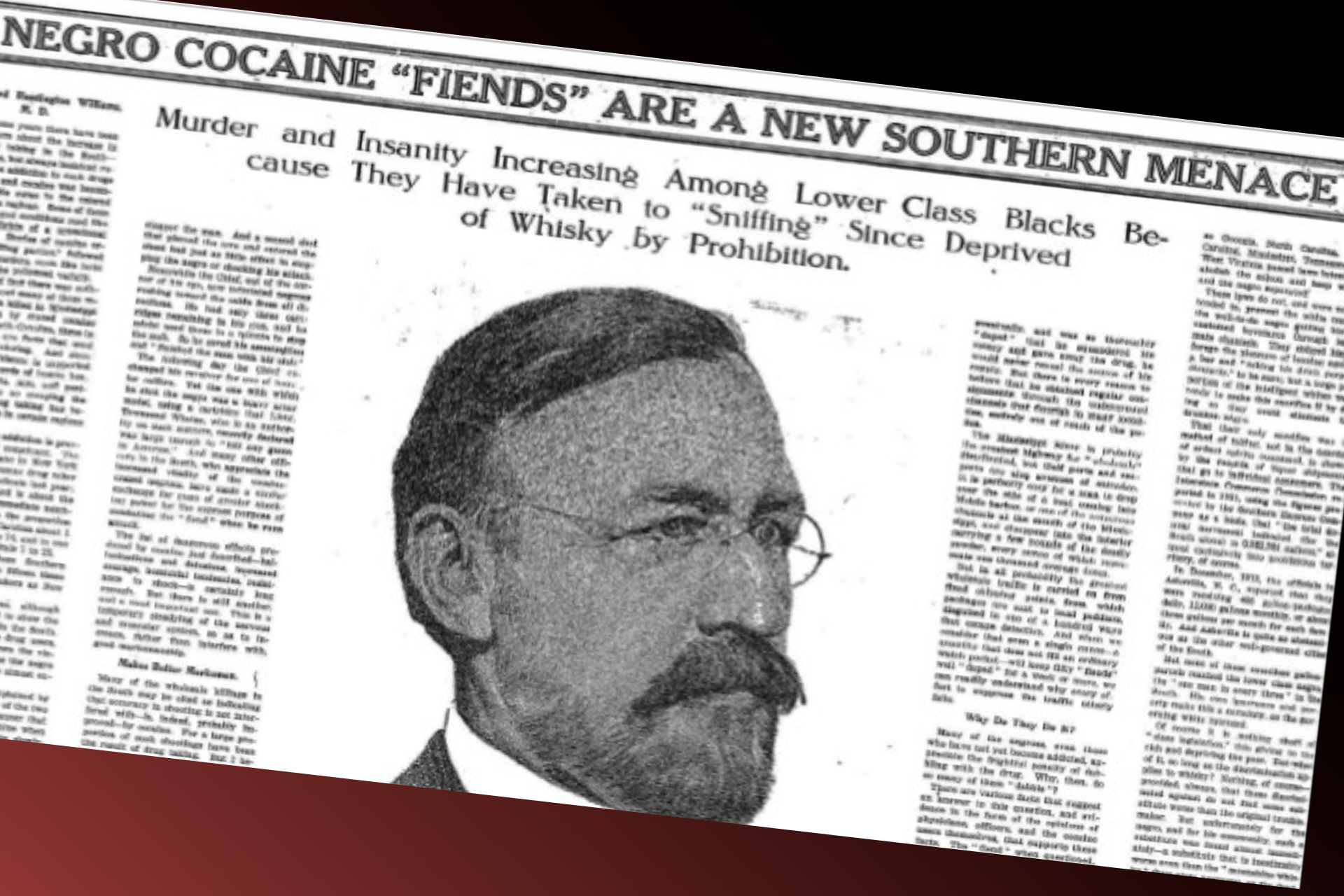
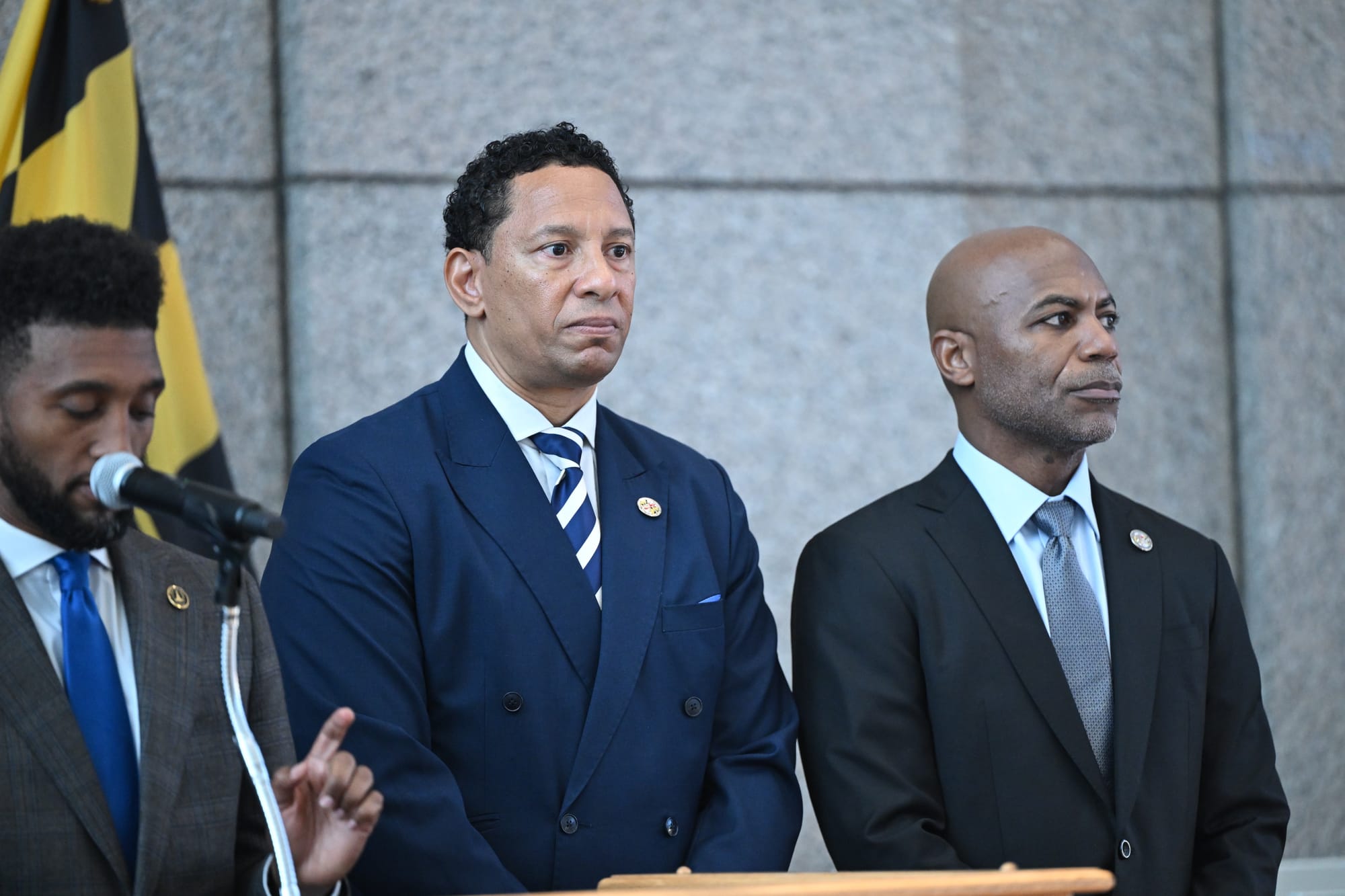
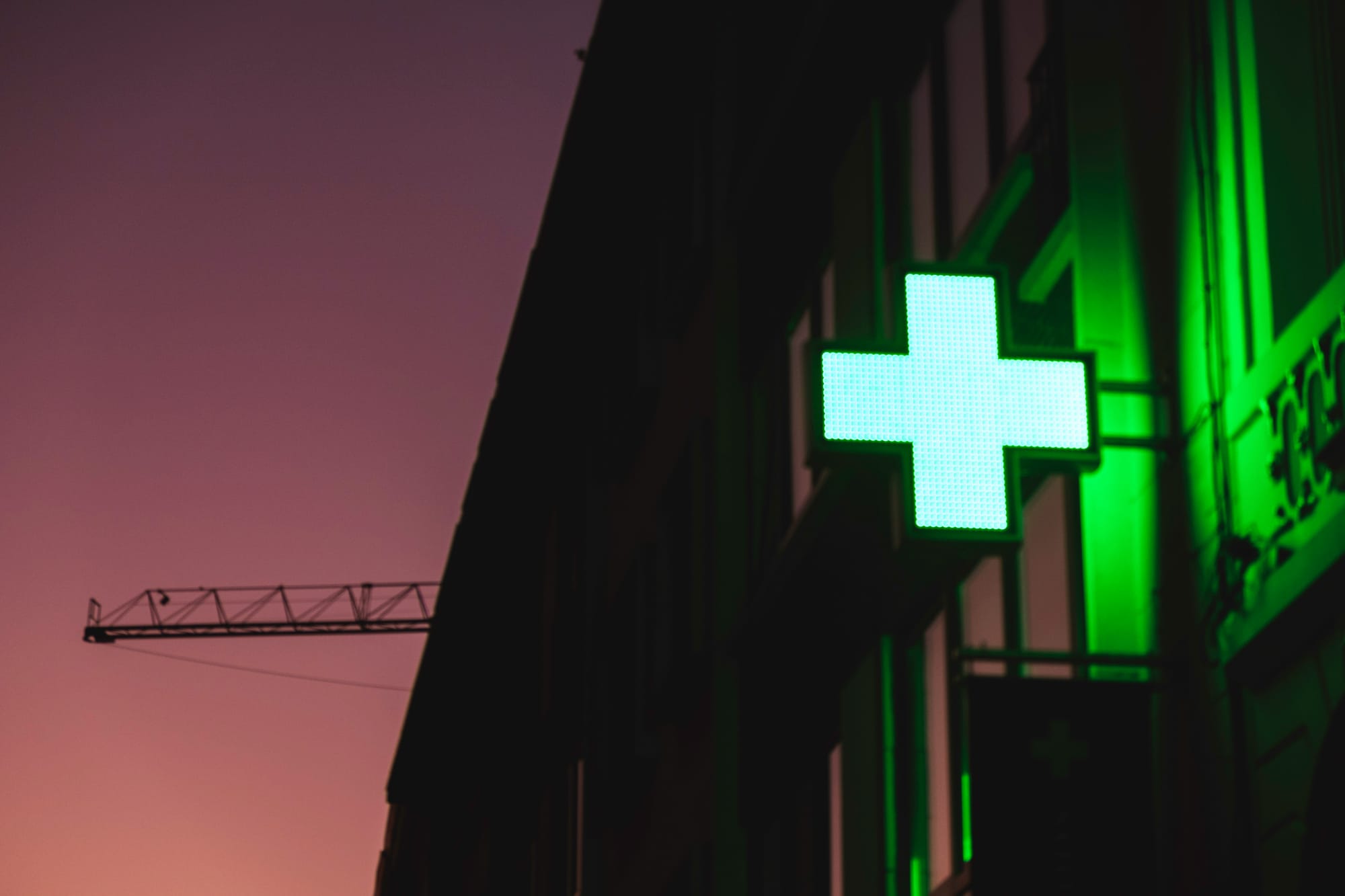
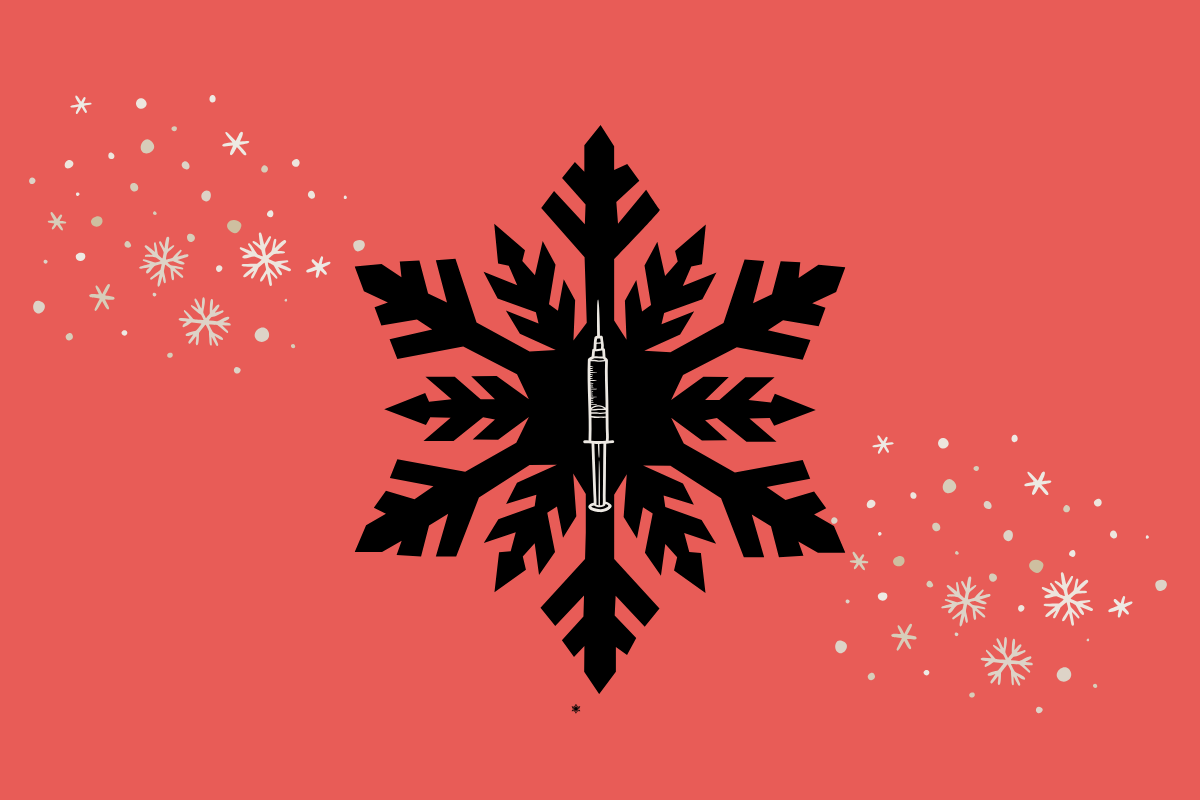
Comments